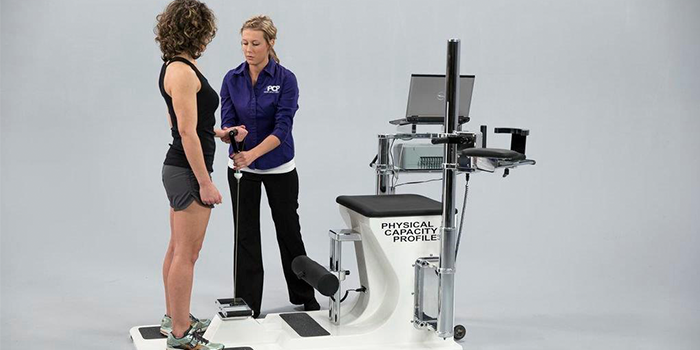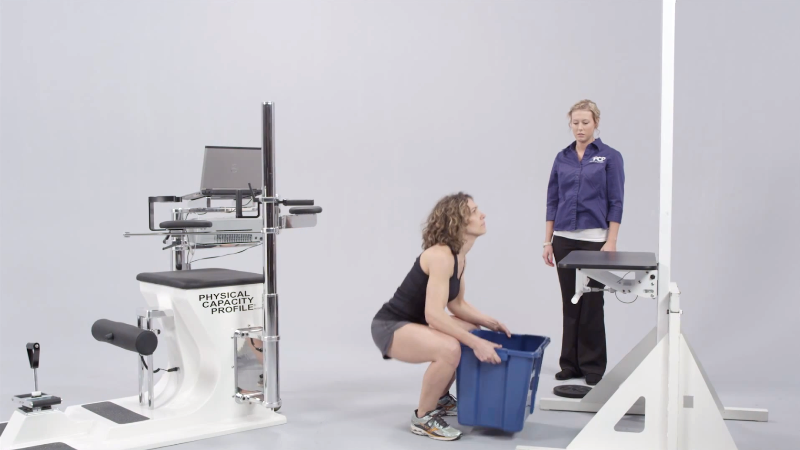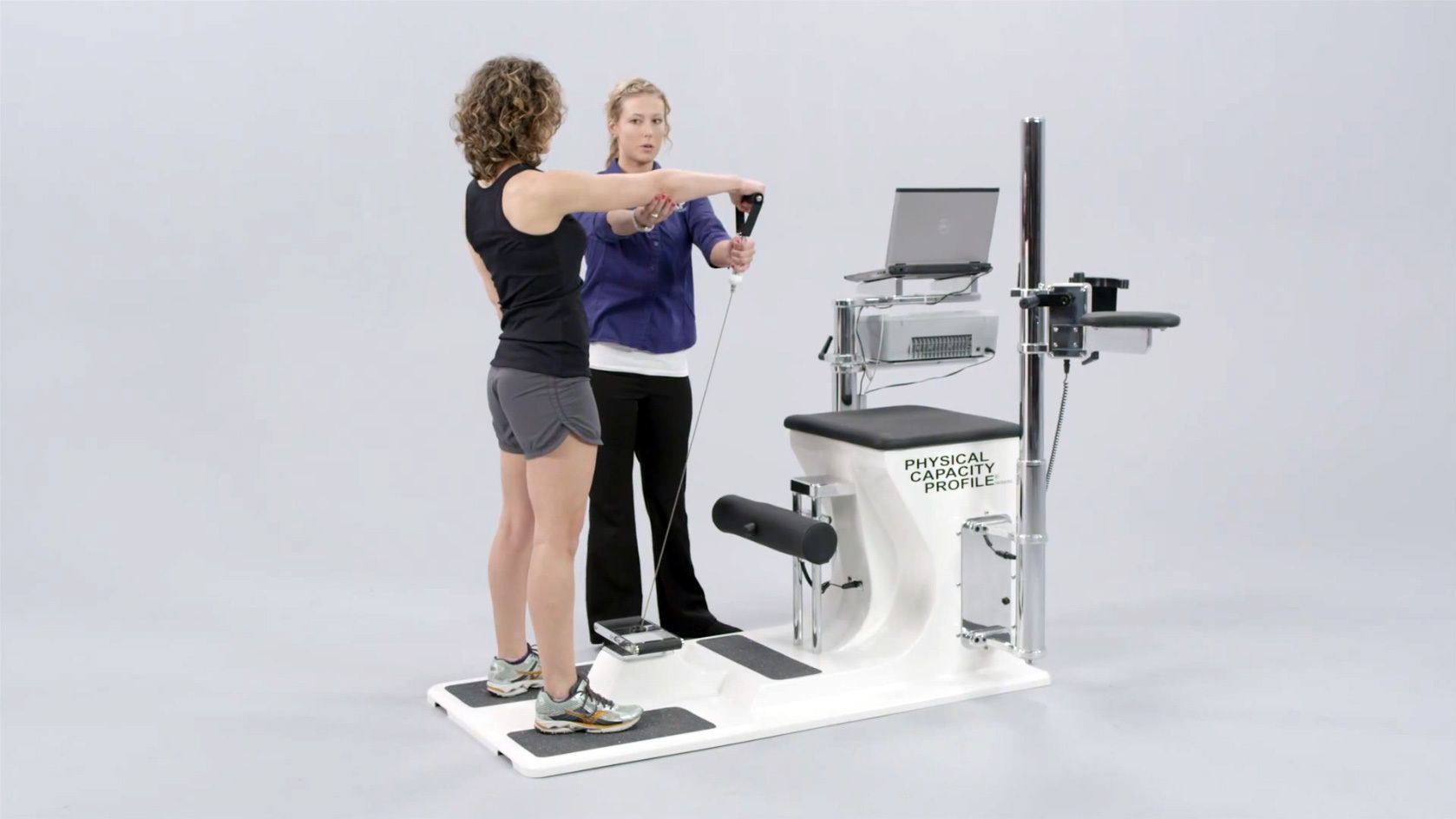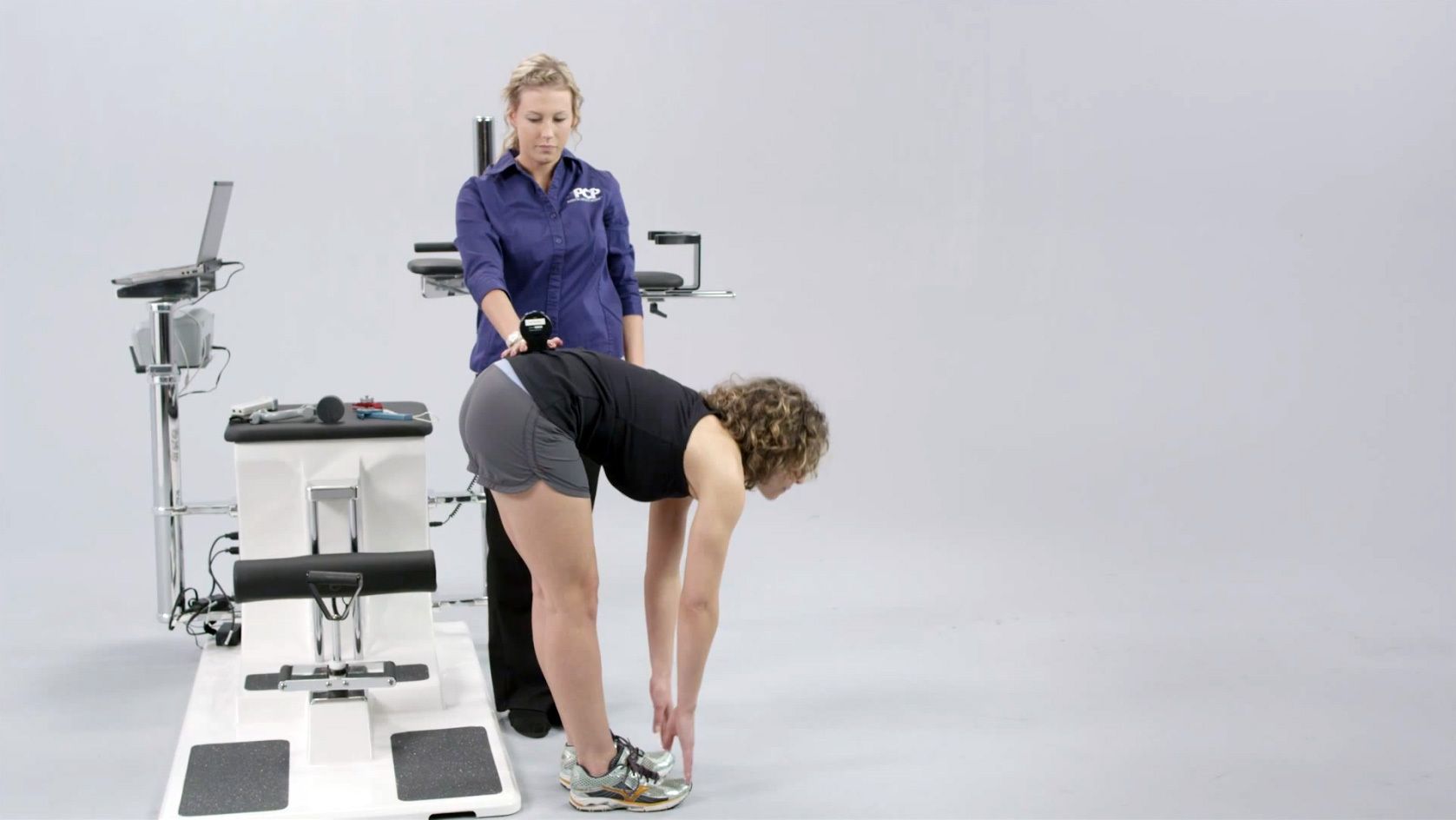Physical Capacity Test: What’s The Impact

The use of post offer testing and pre-placement testing was first initiated during World War II in order to ensure that individuals were able to perform their particular jobs efficiently, effectively, and with a lower risk of injury. A study conducted by Dr. Gary Harbin and John Olson for the American Journal of Industrial Medicine , which was published April 2005, showed that if employers in the industry fields implemented post offer employment testing, the decrease in injuries, missed workdays, and medical costs could be significant.
Physical Capacity Test
The researchers conducted a study between 1989 and 1994 with a large food production plant in Salina , Kansas which housed 2,482 employees. Each employee was required to be in employment with the company for at least three consecutive years in order to be considered for the study.
The objective behind this research was to engineer a way to control injuries by ergonomically adjusting specific jobs to fit the physical capabilities of employees.
During the study it was noted that traditional radiographic evaluations, physician administered exams, lumbar range of motion, and psychological testing were ineffective in attempting to control work-related injuries. Also, simple strength testing was proven ineffective without providing the direct correlation of the demands of the specific job. The researchers did discover, however, that when employees were placed in jobs they could physically perform, the action proved to be effectively ergonomic effective and decrease injury rates.
These employees were required to undergo 20 different anthropometric, fitness, strength, and lifting tests, and were then classified according to the U.S. Department of Labor’s Dictionary of Occupational Titles (DOT), which categorizes the physical strain and difficulty required in specific jobs.

The employees were split into two groups: those who matched the strength capacity equal to the job’s demands, and those whose strength capacity was less. Although the matched group had the capability to perform the specific job and the mismatched group did not, the study proved that there were no statistical differences in the rate of injury based on the strength or physical capacity of employees.
The study of these two groups showed a significant increase in work-related sprains and strains within the mismatched group, including an injury rate to the lumbar spine and shoulder that was approximately 10 times higher than that of the matched group. The study also showed that 70 percent of the work-related injuries were to the hands and wrists. There was a noted $7 dollar savings for $1 dollar spent on testing
Harbin and Olson conducted another study at an electrical manufacturing facility between 1993 and 1998. This facility provided jobs that required more physical capacity than the first, but placed all new hires with a position that matched their post-offer test results.
In 1992, which was the final non-post-offer testing year of the electrical facility, the medical costs from work-related sprains and strains reached higher than $70,000. Four years later in 1996, the cost dropped below $10,000( 86% decrease). Although the injury rate did not decline after implementing the post-offer tests, the severity of the injuries greatly decreased.
After completion of this study, the facility’s employers realized a 30 percent ($76,000) drop in workmen’s compensation annual premiums and a drastic decrease in missed workdays (more than 700 in 1993, but only seven in 1996). This all took place while the company grew from 170 to 200 employees. This comes to a minimum annual savings of $380.00 per employee.
The studies conducted by Harbin and Olson proves that post offer testing ensures that employees will be capable of performing their specific jobs with a significant decrease in the risk of injury. The difference in the rates of injuries between the matched and mismatched groups is convincing enough that employers should consider implementing these tests before hiring or assigning jobs and tasks.
The results from both of these studies indicate that approximately 66 percent of males and 50 percent of females can perform DOT Level 3 jobs, while only 33 percent of males and 10 percent of females are capable of performing DOT Level 4 jobs.
Using these categorized DOT levels and the results from these studies should enable employers to greatly diminish work-related injuries, which will financially help their companies and employees, and keep their working environments safer.









